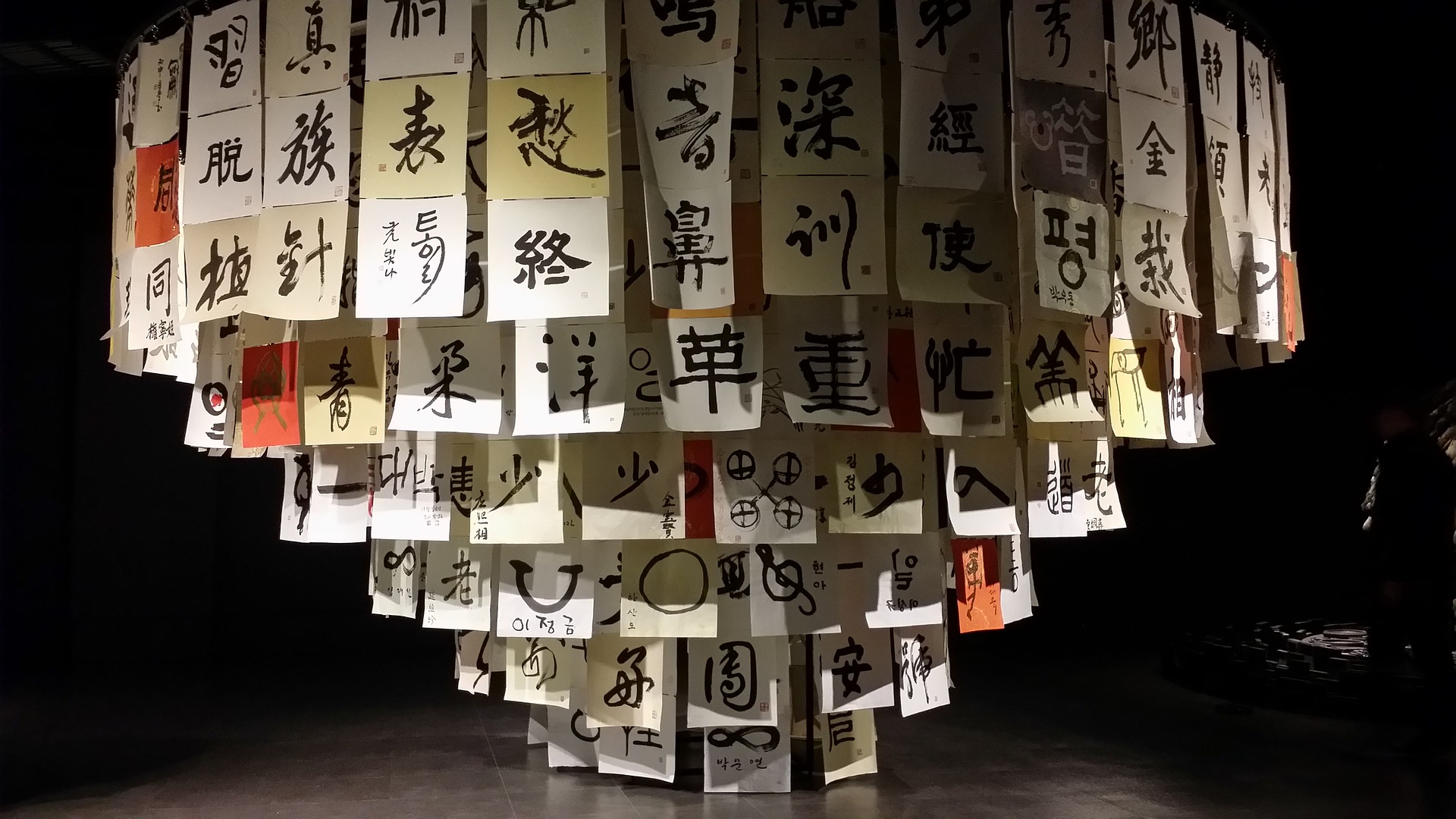Writing with a keyboard assumes that each key is associated with a letter of the alphabet.
In French and English there are 26 letters in the alphabet, in Italian and Portuguese 23, in Spanish 29, in Russian 33, in Arabic 28 … there is nothing insurmountable to make all this fit on a computer or telephone keyboard. The keyboard is the tool par excellence for alphabetic languages!
But what about Chinese?
Chinese is not an alphabetic language. It is written with unique characters, or sinograms, which represent each concept or word. The alphabetic principle, according to which a letter codes a sound and a combination of letters together forms a word, does not exist.
- The Chinese character for “house” is 屋.
- The character that means “cat” is 貓.
- To write “table”, one writes 表, etc …
And there are more than 50,000 different characters ! Impossible to put them all on a keyboard …
So how do you write Chinese with a keyboard?
Spoken Chinese
First of all, a little precision.
There is not only one Chinese language spoken, but nine, including seven main languages. They are so different from each other that speakers of these different variants do not understand each other. The official and majority language is Mandarin.
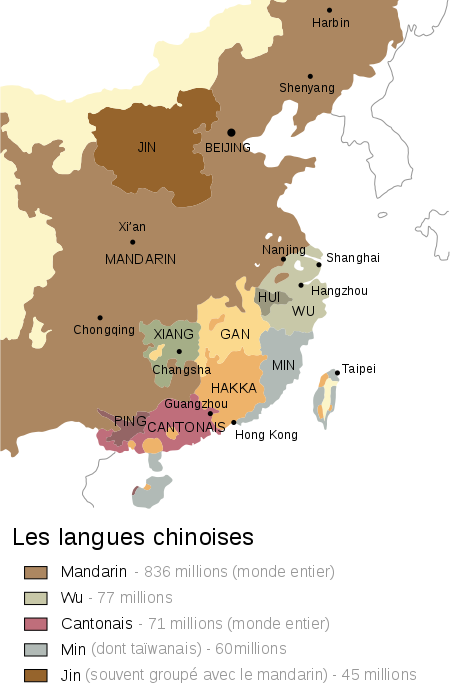
Written Chinese
Chinese languages are all written with Chinese characters: the so-called “traditional” writing or simplified writing.
Contrary to popular belief, the grammar of Chinese languages is not uniform from one language to another. Although these languages share many points in common, knowing one language does not allow you to speak the others.
However, the official language, Mandarin, has seen its writing standardised and is understood by most Chinese.
That said, it still contains thousands of characters, impossible to insert on a keyboard! So how does it work?
Pinyin
Pinyin is a method of transcribing oral Chinese into the Latin alphabet. That is to say, it is a more or less phonetic writing of characters.
A number of keyboards have been invented to type these numerous Chinese characters. The most famous is the Pinyin keyboard.
Here’s how it works: if you know how a character is pronounced, you type it phonetically on the Pinyin keyboard and you get a number of choices.
For example, “snake” is 蛇, which is pronounced like “shea”.
Just type “she” on the Pinyin keyboard, and you will see different proposals that may correspond to the word you are looking for, including the small illustration!
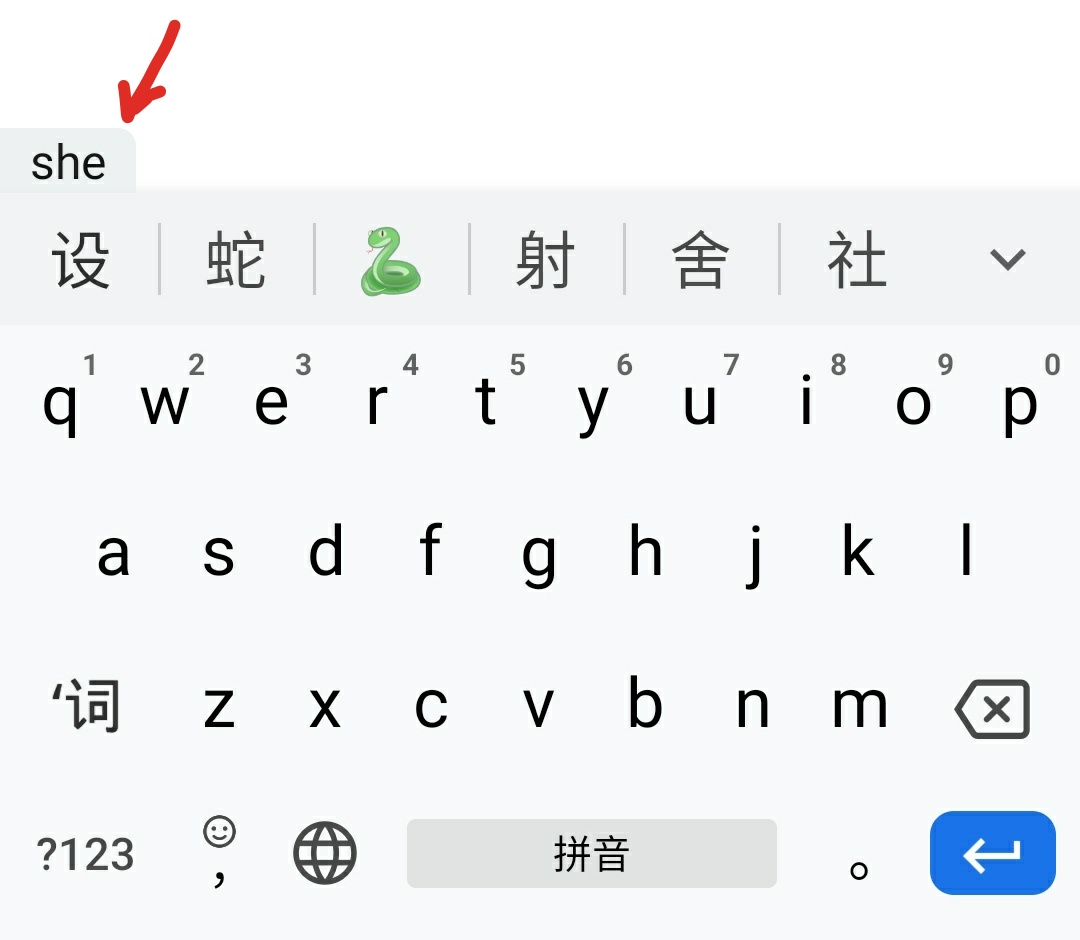
Then choose the desired character (or image in this case):
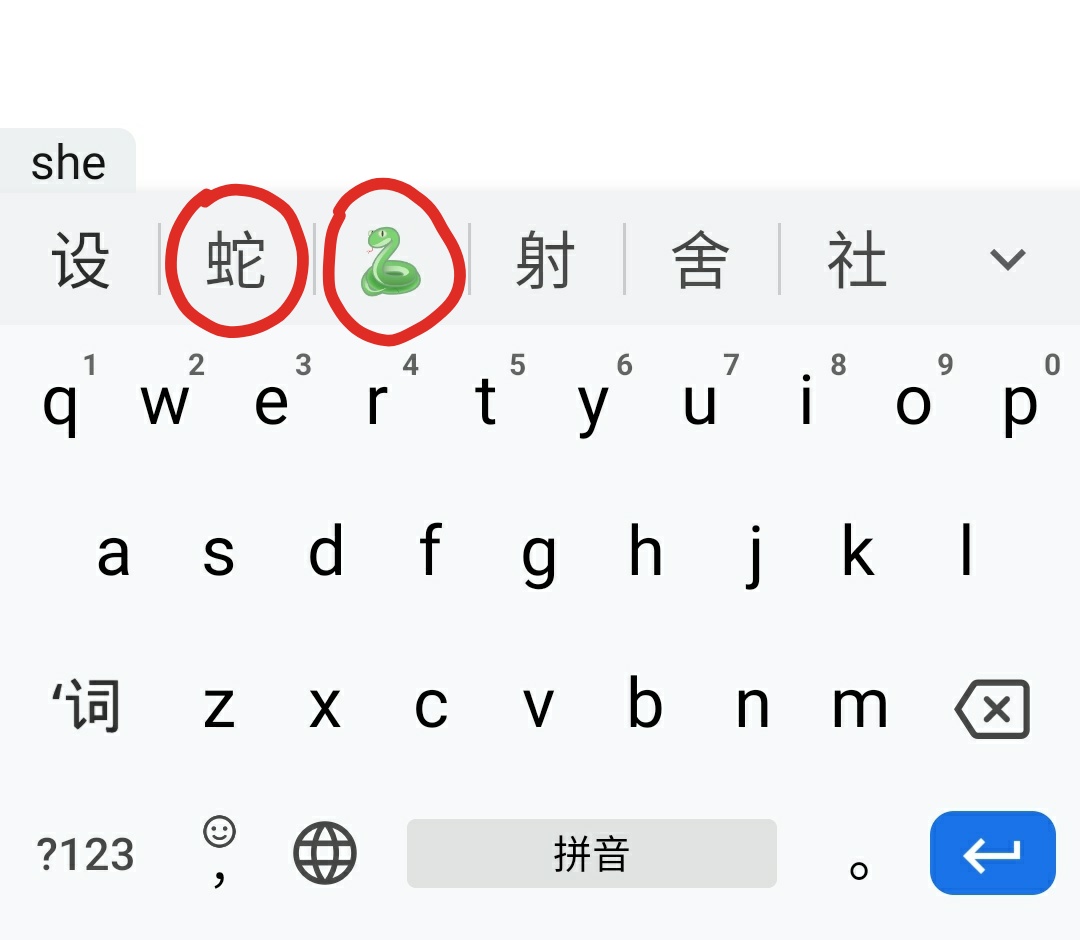
And that’s it!
Beware of tones!
Chinese is a tonal language, that is a language in which the pronunciation of the syllables of a word is subject to a precise tone, therefore to a determined relative pitch or a characteristic melody. A change in this tone then leads to the pronunciation of another word and indicates a different meaning.
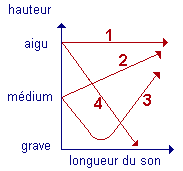
A word like “ma” can mean horse, but it can also mean mother, or hemp, or it can make a sentence sound dubious or even have other meanings depending on the tone used?
Therefore, when I type “ma” on my pinyin keyboard, I have a choice of many characters. It takes time to choose the right one.
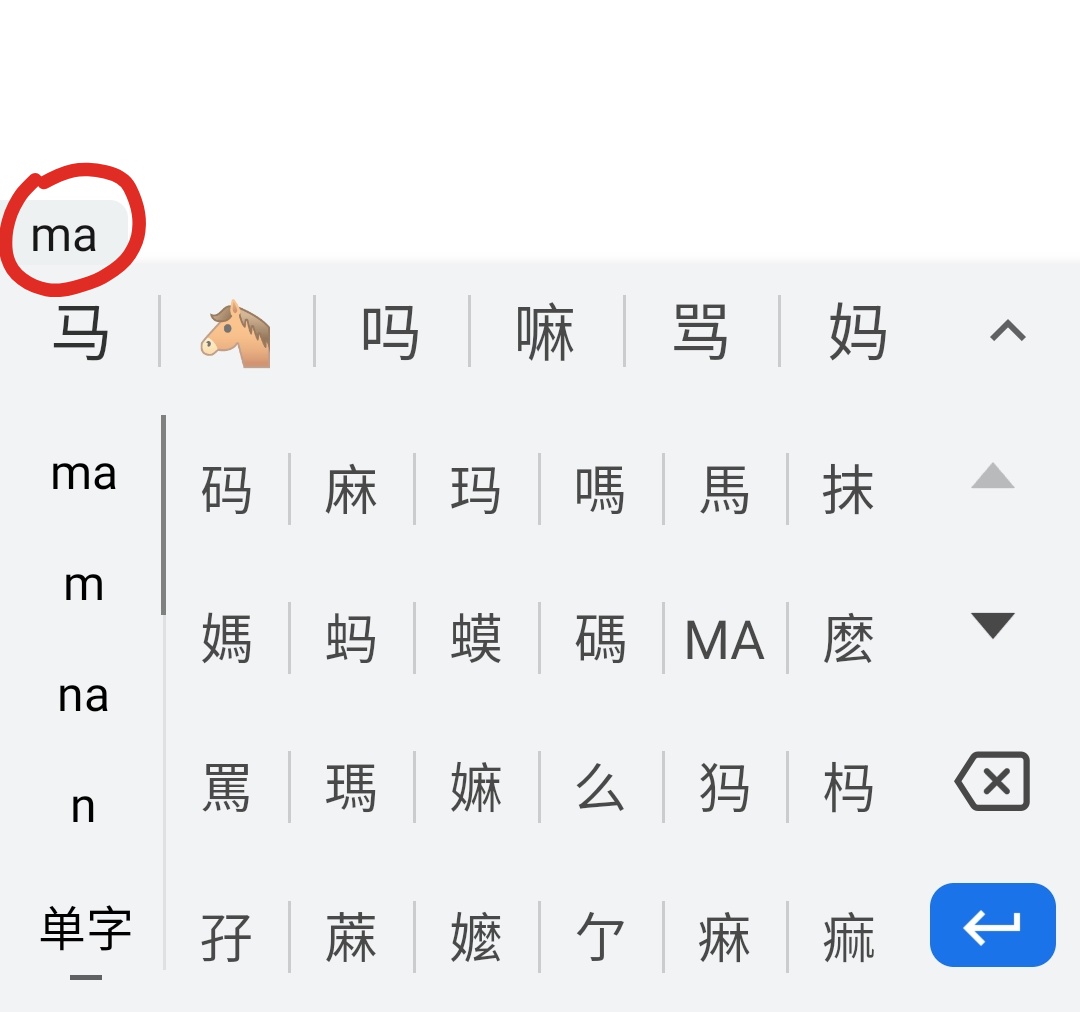
However, most words in Chinese still consist of more than one character. Beer, for example, is “pijiu” (pi is a character and jiu too). When I type this, I immediately get the two characters I am looking for.
So it is possible to type quite quickly.
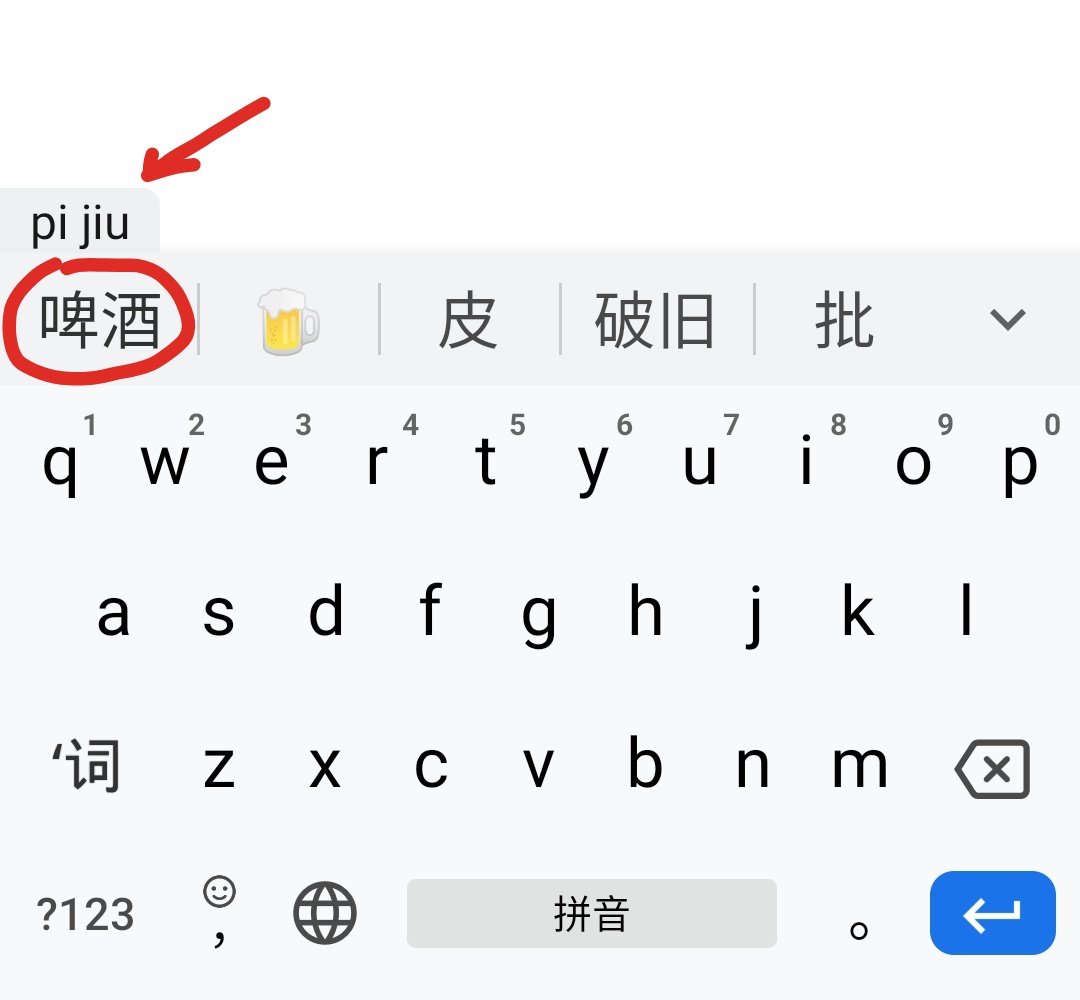
Voilà! The light is done on this mystery of writing the Chinese language on a keyboard!
See you soon for a new article on languages…
Written by Ingrid, Coliglote
Sources :

